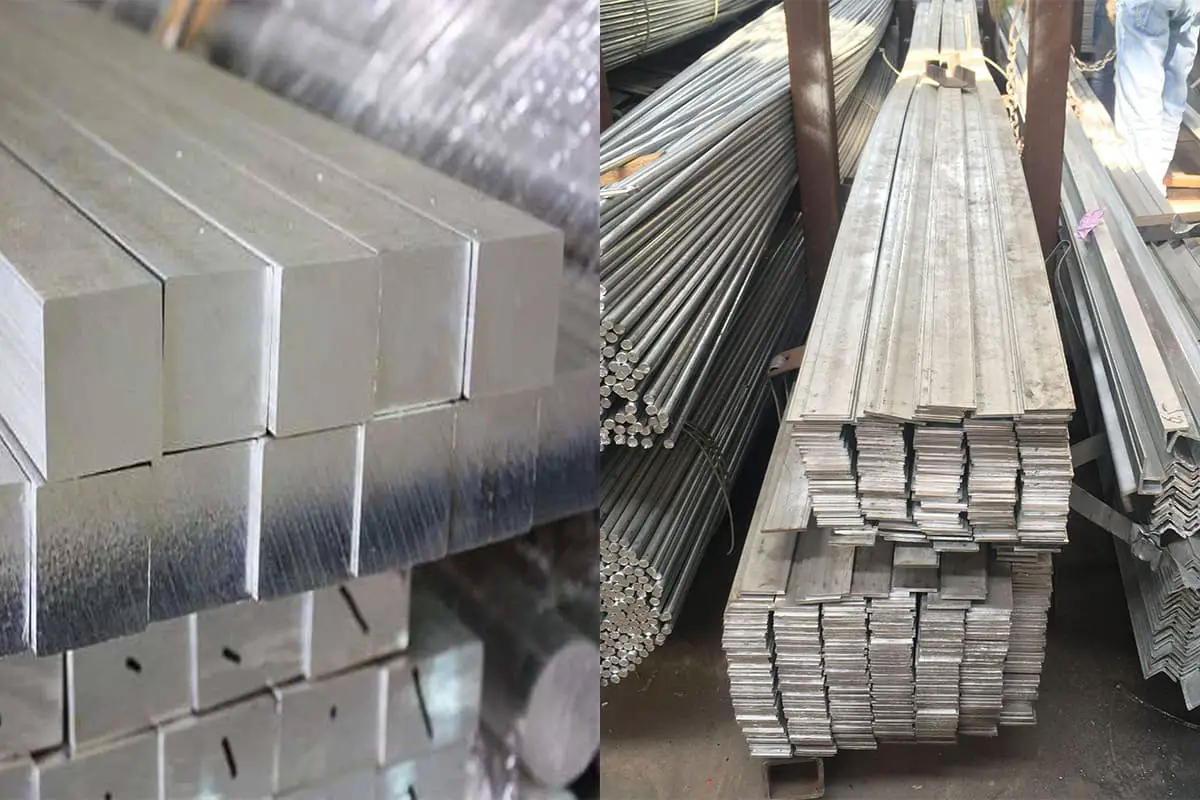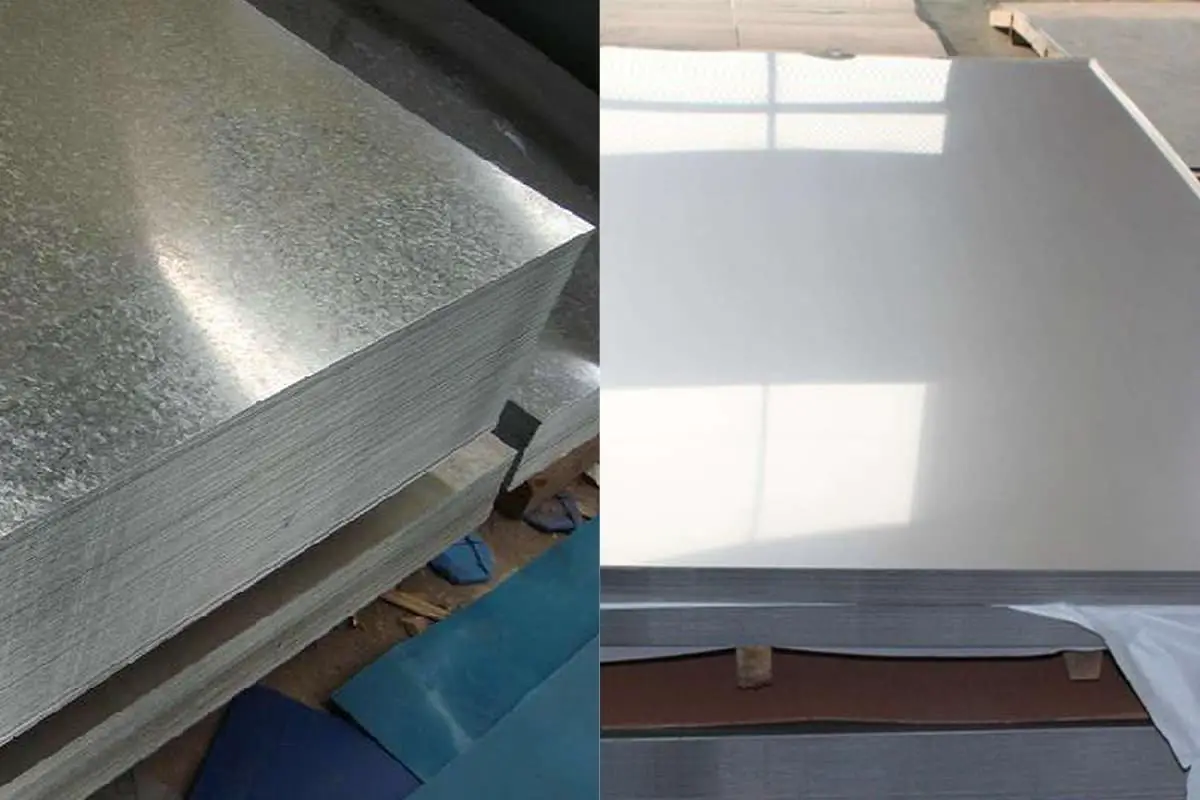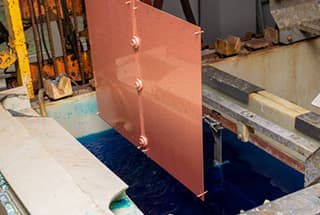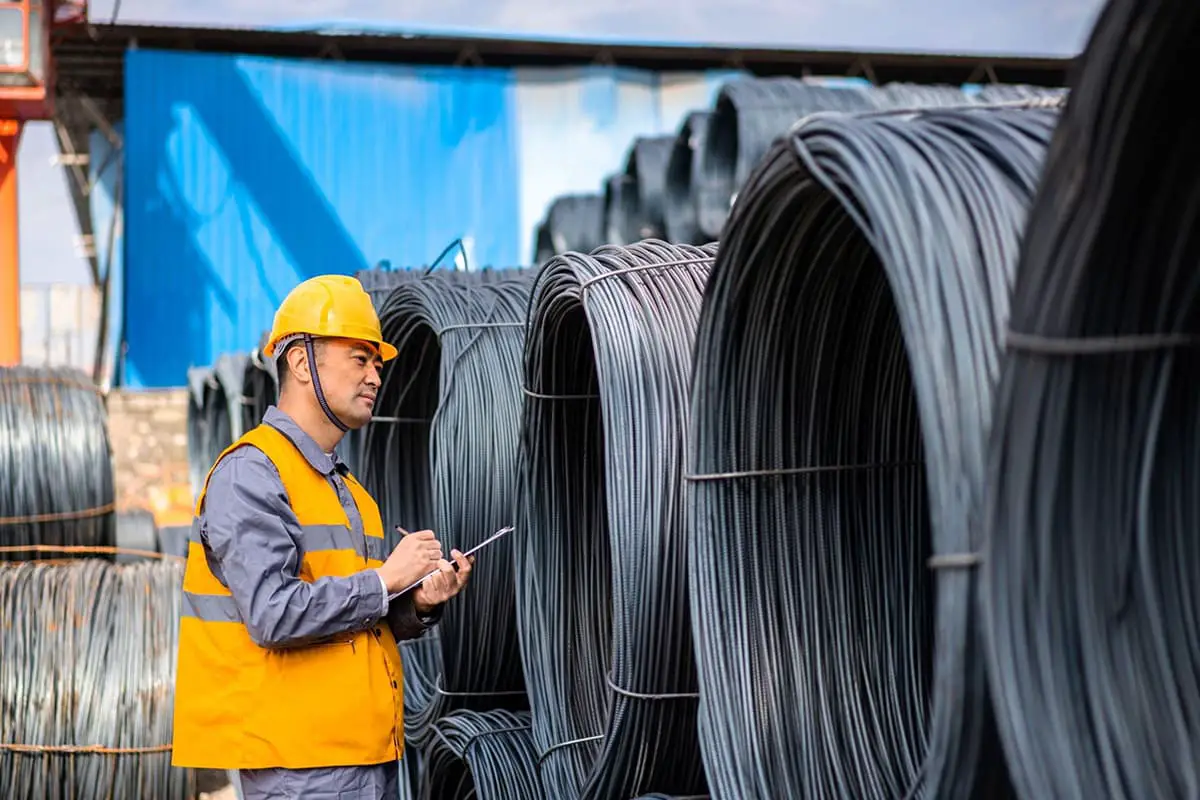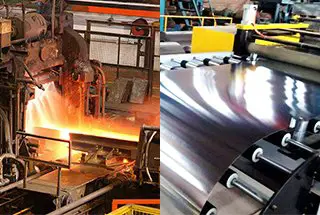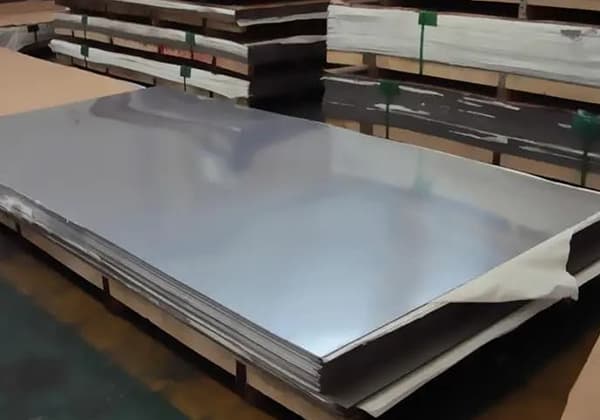
Galvanized steel” refers to the process of coating the surface of a steel plate with zinc to make it less susceptible to corrosion and rust, thus prolonging its service life. Will galvanized steel rust? In industrial applications, galvanized steel is widely used for its corrosion resistance properties. However, the question of whether galvanized steel will […]
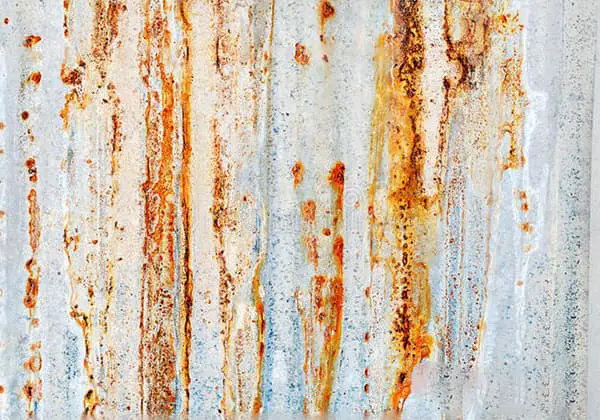
Galvanized steel” refers to the process of coating the surface of a steel plate with zinc to make it less susceptible to corrosion and rust, thus prolonging its service life.
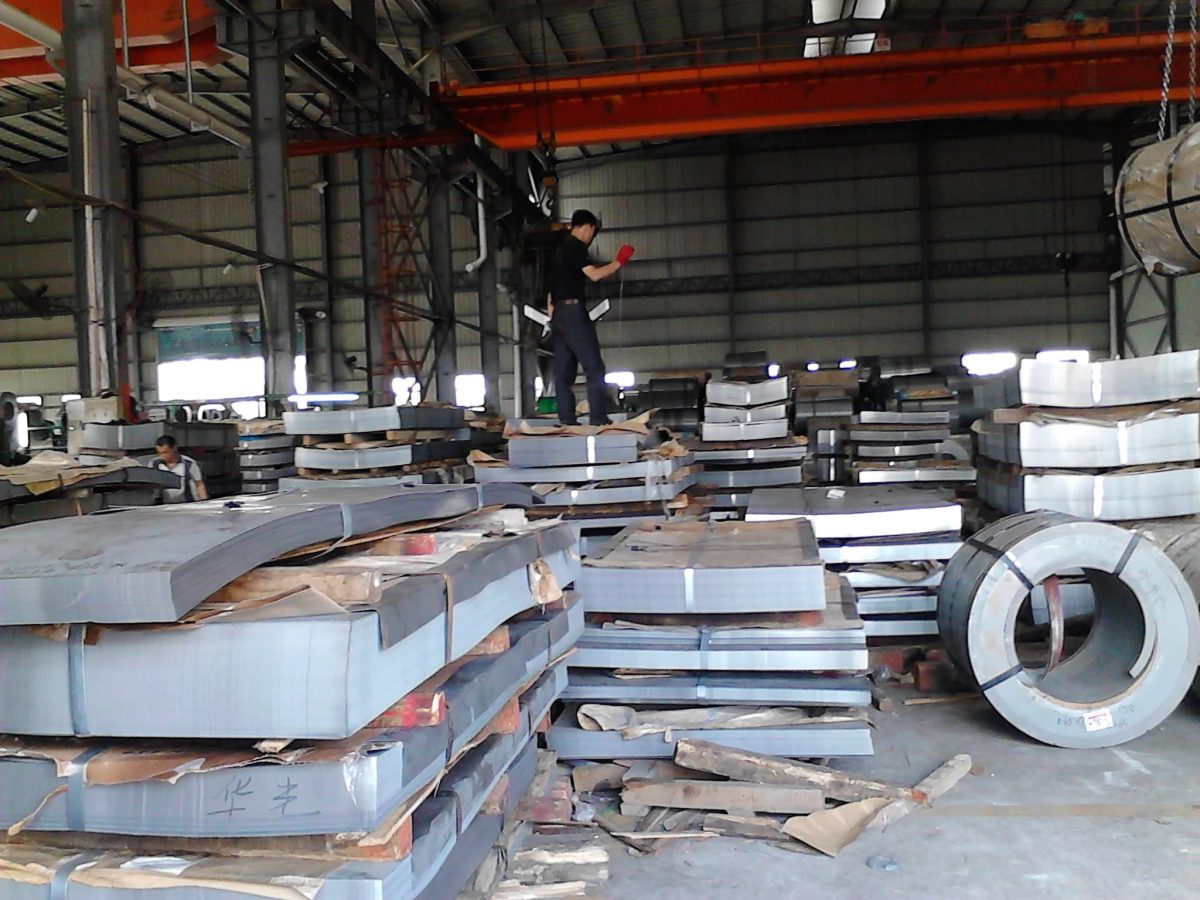
In industrial applications, galvanized steel is widely used for its corrosion resistance properties. However, the question of whether galvanized steel will rust is more nuanced than a simple yes or no answer.
Galvanized steel can indeed corrode over time, but the process is significantly slower compared to untreated steel. The zinc coating applied during galvanization acts as a sacrificial anode, protecting the underlying steel through galvanic action. This protection mechanism continues even if the zinc coating is scratched or partially worn away.
The corrosion resistance of galvanized steel depends on several factors:
When galvanized steel does begin to corrode, it typically exhibits “white rust” – a zinc oxide/zinc hydroxide formation – before red rust (iron oxide) appears. This white rust is a sign that the zinc coating is performing its protective function.
Hot-dip galvanized steel generally offers superior corrosion resistance compared to cold galvanized (zinc-rich paint) alternatives due to its metallurgical bond and typically thicker coating.
To maximize the lifespan of galvanized steel components:
While no steel product is entirely immune to corrosion, properly specified and maintained galvanized steel can provide decades of service life in many applications, making it a cost-effective choice for corrosion protection in various industries.
(1). The corrosion process of galvanized sheets occurs in distinct stages throughout their service life. Initially, the zinc coating on the surface undergoes oxidation, forming “white rust” – a protective layer of zinc oxide and zinc hydroxide. As exposure continues, this “white rust” reacts with atmospheric carbon dioxide and other contaminants in humid conditions, leading to the formation of “black spots” – typically zinc carbonate.
When the galvanized layer becomes severely compromised after prolonged use, the steel substrate loses its cathodic protection provided by zinc’s “sacrificial corrosion” mechanism. At this point, the exposed steel begins to oxidize, resulting in the appearance of “red rust.”
Once the steel substrate starts to corrode, the degradation rate accelerates exponentially, signaling the end of the galvanized sheet’s effective service life.
(2). Two specific corrosion phenomena in galvanized sheets are collectively known as “black change.”
The first type occurs after extended use, where trace elements like lead in the zinc coating cause certain areas of the zinc spangle to darken. While this blackened zinc layer still offers protection to the steel substrate, it can impact the overall service life. Modern galvanizing processes have addressed this issue by substituting antimony for lead in promoting zinc spangle formation.
The second type of “black change” occurs during transportation and handling. Insufficient coiling tension can cause steel strip layers to loosen, resulting in localized friction between the coil and skids. This abrasion oxidizes the surface, removing the white oxide layer and creating black spots. This damage compromises the passivation film, reduces the galvanized layer thickness, and ultimately shortens the product’s service life while affecting its aesthetic appearance.
(3). Galvanized steel sheets demonstrate excellent corrosion resistance in dry or non-polluting environments. However, their service life is significantly reduced in polluted or aggressive atmospheres. In such conditions, pre-coating to create color-coated plates (also known as pre-painted galvanized steel) is often necessary to enhance durability and performance.
(4). The corrosion of galvanized steel sheets typically does not manifest as uniform degradation of the surface coating. Instead, it often initiates at localized points where the zinc coating adheres poorly to the steel substrate. These weak points lead to severe localized corrosion, compromising the overall performance of the galvanized sheet.
In this context, the adhesion quality of the zinc coating, particularly its uniformity across the entire surface, is more critical than the coating thickness alone. Even a thick zinc layer will fail prematurely if it has areas of poor adhesion. This phenomenon underscores the importance of consistent, high-quality coating adhesion in galvanizing processes – a principle analogous to the “bucket theory” where the weakest point determines overall effectiveness. Galvanizing production engineers must prioritize uniform adhesion to ensure optimal corrosion protection and extended service life of galvanized products.
Modern galvanized steel typically comes in two main variants: 80g/m² spangle-free and 60g/m² spangled galvanized sheets. These zinc coatings provide varying degrees of corrosion protection in outdoor environments.
Spangle-free galvanized steel with an 80g/m² coating can resist rust for up to three years in outdoor conditions. Spangled sheets with a 60g/m² coating may exhibit signs of white rust (zinc hydroxide formation) after approximately two years of exposure.
High-quality hot-dip galvanized steel, when properly applied, can offer significantly longer corrosion resistance. The zinc coating undergoes a gradual transition from its initial bright appearance to a light gray patina over time. This patina actually enhances the protective properties of the coating.
However, inadequate surface preparation prior to galvanization can severely compromise the coating’s integrity. Improper cleaning, degreasing, or pickling of the base steel can lead to coating adhesion issues, resulting in rust spots or coating delamination within three to five months of exposure.
It’s crucial to understand that no metallic material is entirely immune to corrosion. The performance of galvanized steel and alternative materials like aluminum alloys can vary significantly depending on environmental factors such as humidity, temperature, and the presence of corrosive agents.
The quality of galvanized products can also differ between manufacturers due to variations in process control, zinc bath composition, and cooling rates. These factors influence coating thickness, uniformity, and metallurgical bonding with the base steel.
Even more corrosion-resistant alloys, such as aluminum-zinc coated (Galvalume®) steels or stainless steels, are not impervious to corrosion in all environments. For example:
To maximize the service life of galvanized steel structures, it’s essential to consider factors such as:
When properly galvanized, steel can resist corrosion for approximately 50 to 75 years without significant deterioration of its protective zinc coating. The longevity depends on several factors, including the thickness of the zinc layer, environmental conditions, and the specific galvanization process used.
Initially, galvanized steel exhibits a bright, silvery appearance. Over time, it develops a matte gray patina due to the formation of zinc carbonate, which further enhances its corrosion resistance. This natural aging process does not compromise the steel’s structural integrity or protective properties.
However, if the galvanization is inadequate or the coating is damaged, rust may begin to form within a few months to a year, especially in aggressive environments. Factors that can accelerate corrosion include:
The service life of galvanized steel varies significantly based on its environment:
To maximize the lifespan of galvanized steel, proper maintenance is crucial. This includes regular inspections, prompt repair of any coating damage, and avoiding prolonged contact with corrosive substances. Additionally, specifying the appropriate coating thickness for the intended application and environment is essential for optimal long-term performance.

